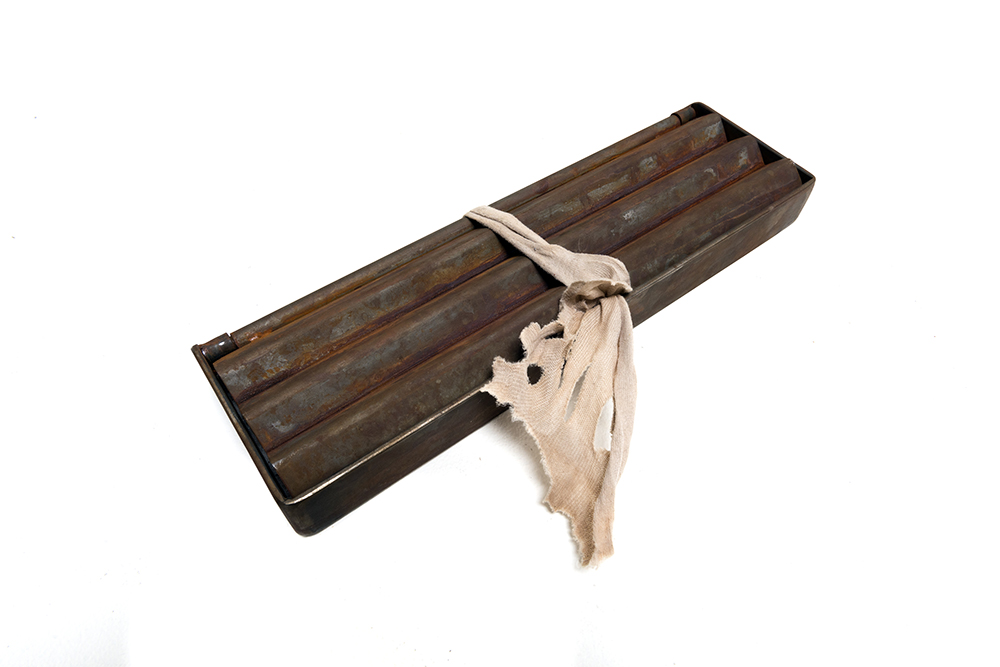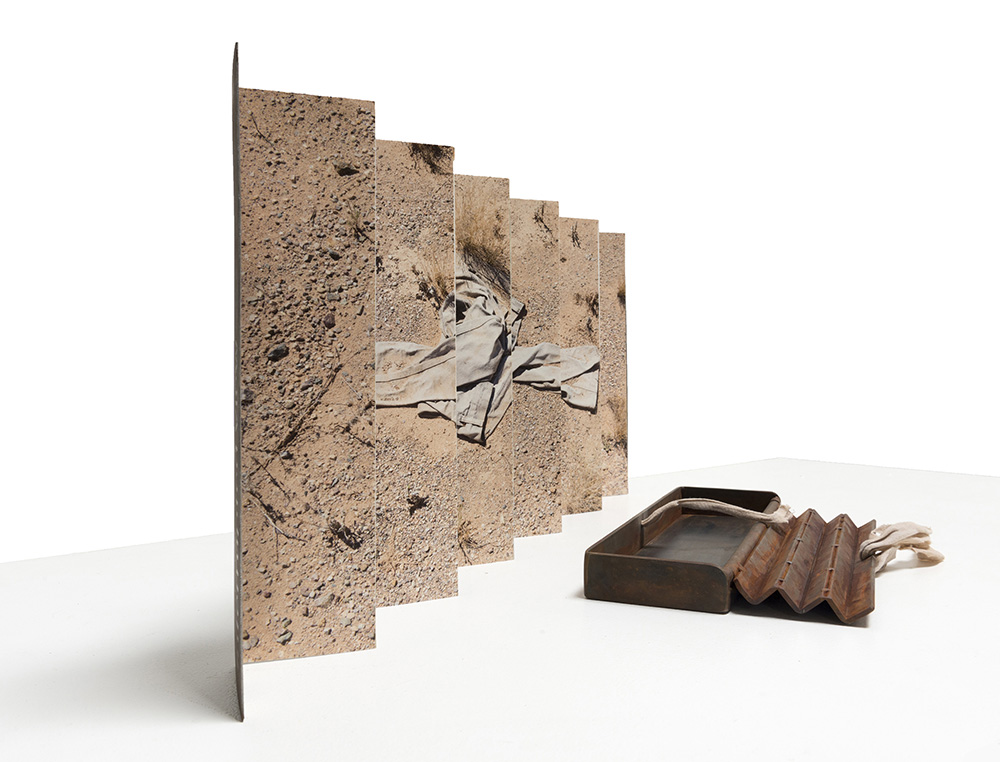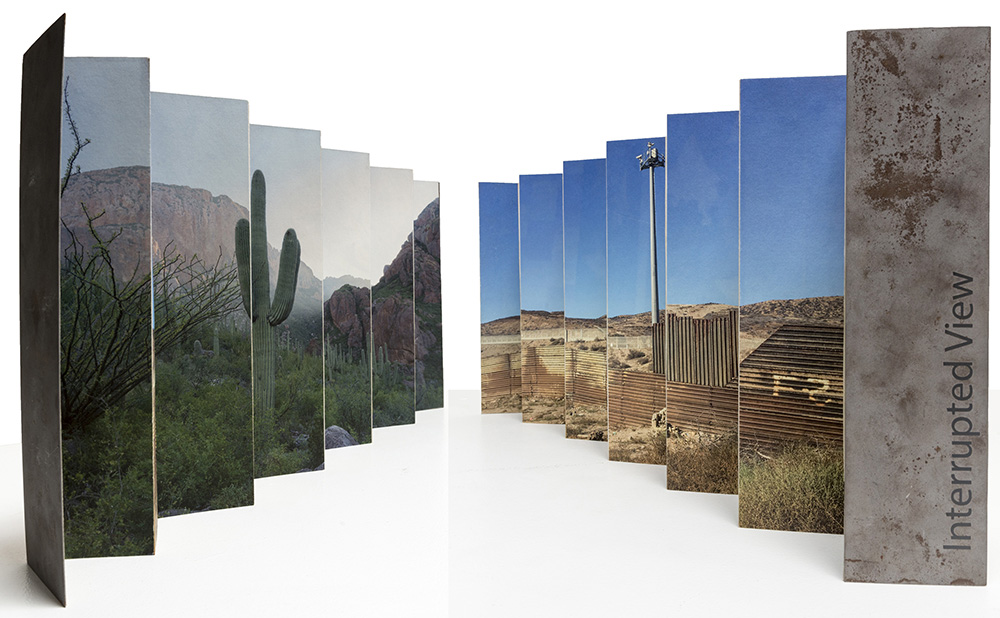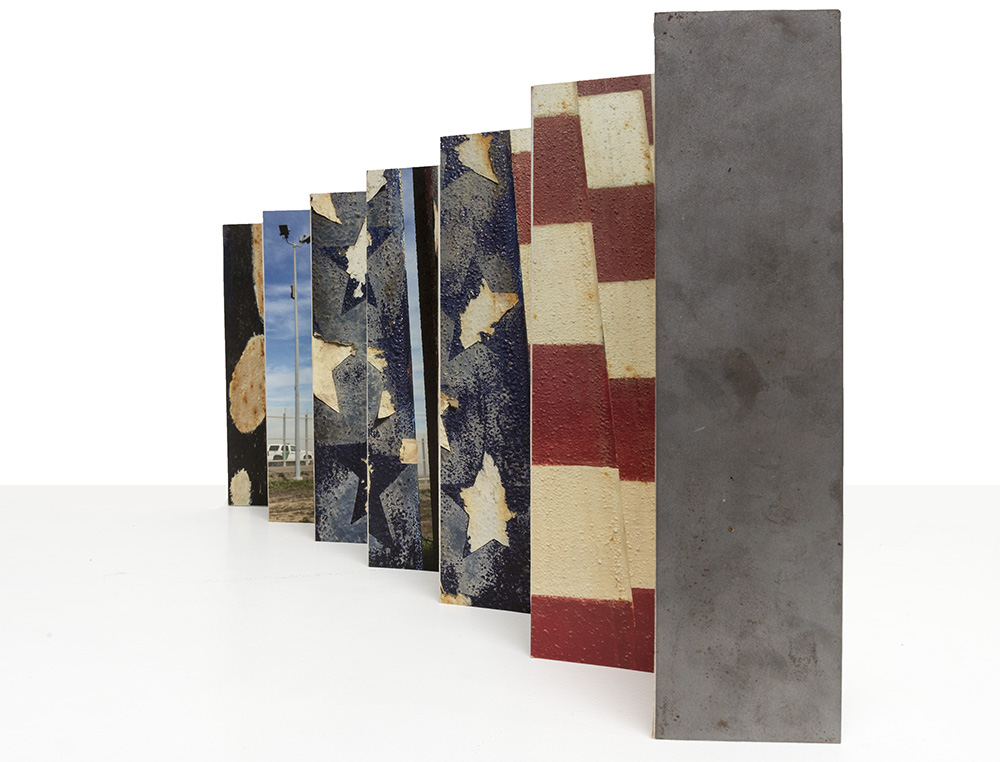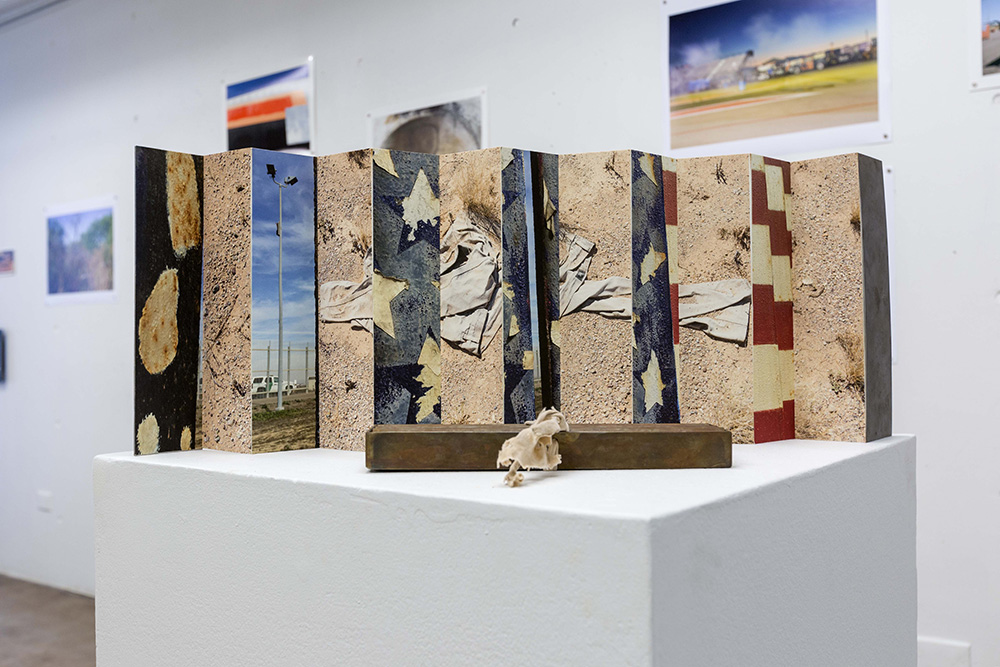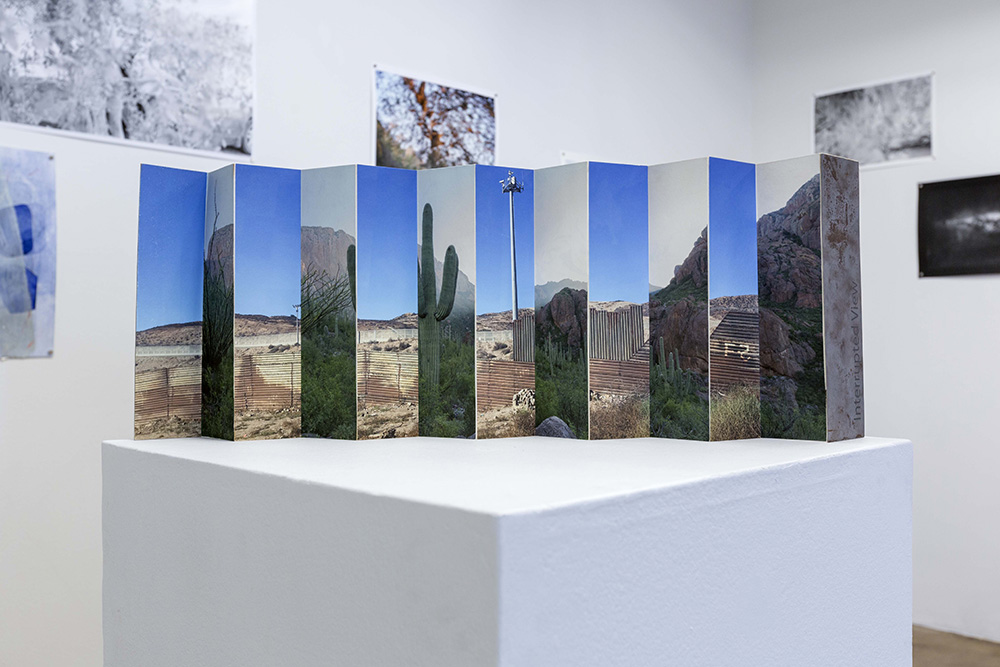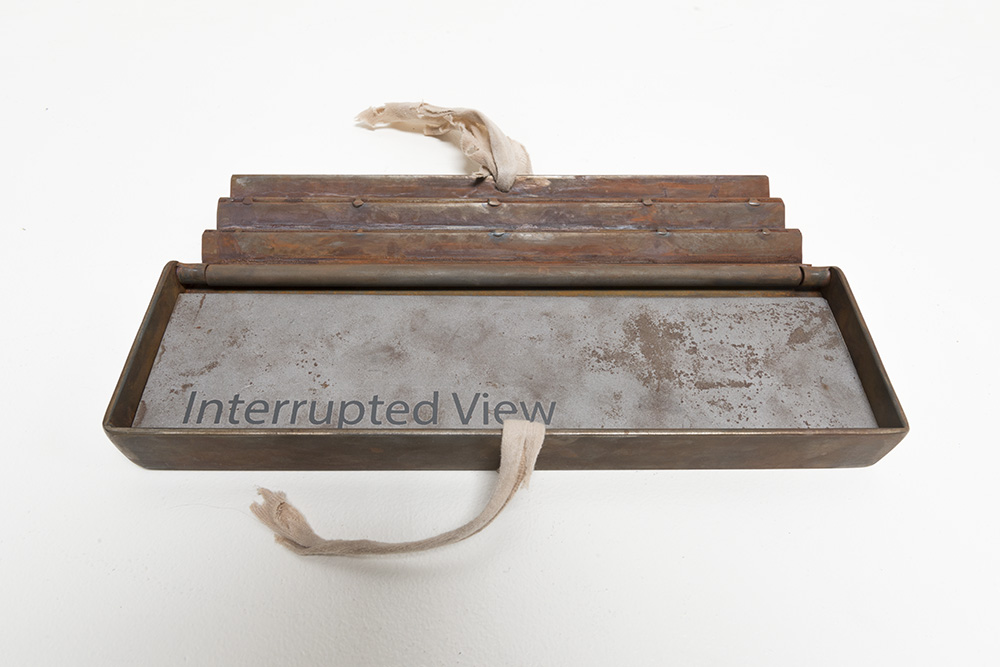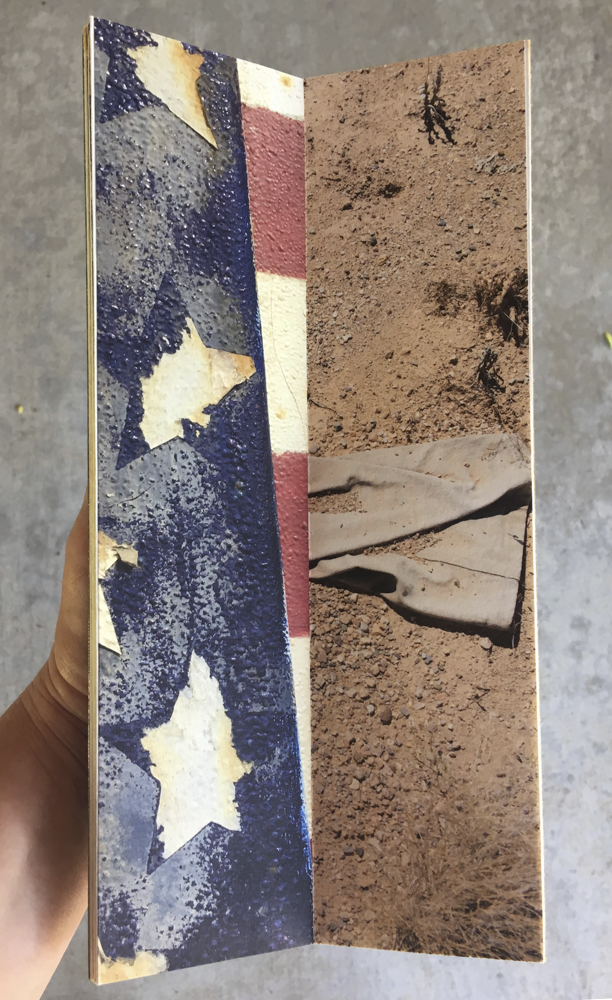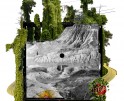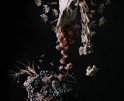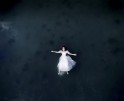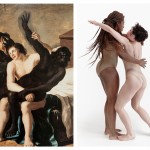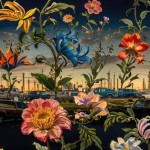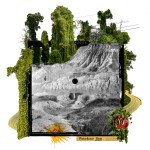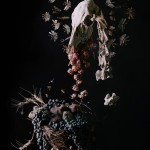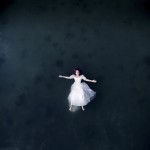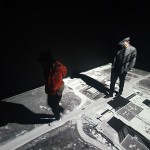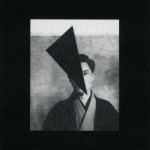Photographers on Photographers: Julia Vandenoever and Stephanie Burchett
Today we complete our annual August project, Photographers on Photographers, where visual artists interview colleagues they admire. Thank you to all who have participated for their time, words and work, in particular, Brennan Booker for all his efforts with this project. We finish with Julia Vandenoever‘s interview with Stephanie Burchett. – Aline Smithson
During the 2019 Month of Photography in Denver, I participated in the Colorado Photographic Arts Center portfolio reviews. One of the many benefits of reviews is creating new relationships not only with galleries, museum curators and book publishers, but other photographers. I first met Stephanie Burchett during the portfolio walk through where she was showing her handmade artist book, Interrupted View. Hearing about the “wall” is a common occurrence but seeing the wall, the place where it lives is rare. There is an unknown to the wall’s landscape and story. Interrupted View gives this land a voice using 4 images and asks the viewer to book at both sides and ask questions.
Stephanie Burchett is a Lecturer of Photography at the University of Colorado Denver. Stephanie received her MFA in Studio Art from the University of Arizona and holds a BA in Graphic Arts from the University of Northern Colorado. Stephanie’s work has been exhibited nationally, internationally, and featured online in Don’t Take Pictures and A Photo Editor and in Denver Westword.
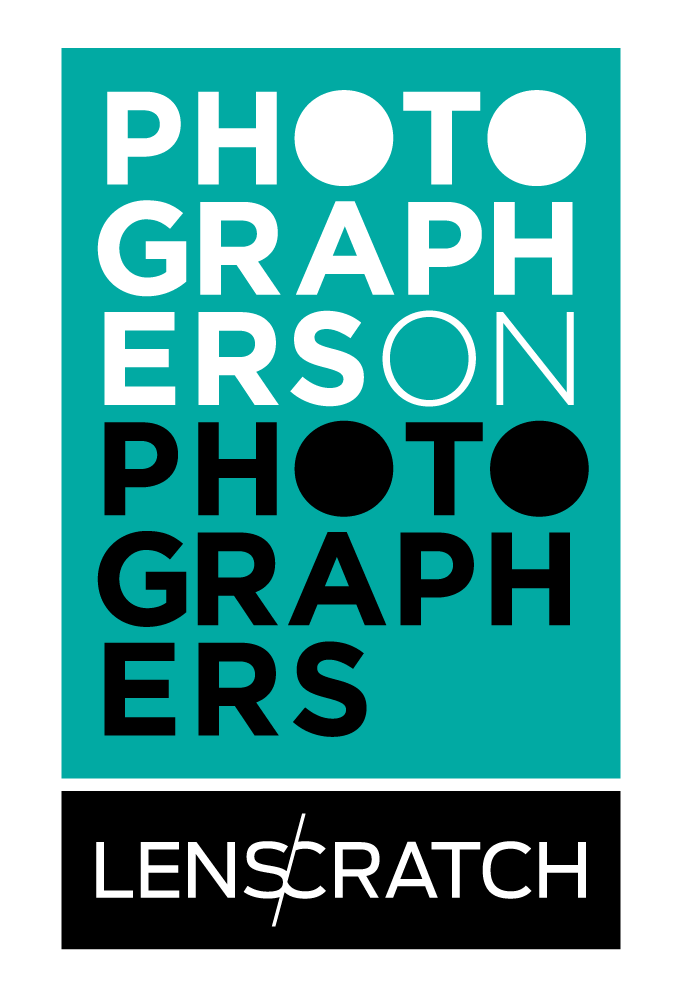 Julia Vandenoever received her BA in Art History and Photography at Smith College. Her photography career began at the SALT Center for Documentary Studies which led her to work with Wendy Ewald at the Center for Documentary Studies at Duke University. After an 11 year career at as a Photo Editor at Outside, Skiing and Backpacker, Julia became a freelance photographer and Photo Editor in Colorado.
Julia Vandenoever received her BA in Art History and Photography at Smith College. Her photography career began at the SALT Center for Documentary Studies which led her to work with Wendy Ewald at the Center for Documentary Studies at Duke University. After an 11 year career at as a Photo Editor at Outside, Skiing and Backpacker, Julia became a freelance photographer and Photo Editor in Colorado.
Interrupted View
The Sonoran Desert, nests in the Southwest from Arizona to California and down into the Northern part of Mexico. It’s a vast space filled with enchanting cacti, romanticized landscapes and deadly heat. The land is fractured in two by an invisible, man-made line separating communities and nations. As one moves parallel with the fence, each opening is interrupted with the repetition of tall, rusty, steel beams, only allowing a glimpse to the other side. North of the border is represented in stories as a place of tragedy and triumph. Occupied with dualism, Interrupted View is a photographic object that functions as a book and sculpture. I wanted to create an object that both reconciled and represented my conflict of appreciation of the borderlands. – Stephanie Burchett
Julia Vandenoever: Please tell me what inspired this work.
Stephanie Burchett: While I was living in Tucson, I wanted to make a piece of artwork that grappled with the US/Mexico Border. The borderlands are much more dynamic and nuanced than I understood them to be and I wanted to make a piece of artwork that suggested multiple sides of the space. Specifically, I was interested in the view(s) from Mexico into the United States of the border fence and the contradicting sides of the US.
JV: Why did you choose the book format for this work?
SB: The book format allowed the work to have multiple photographs be present. Another idea I was thinking a lot about was my understanding of photography and truthfulness.
The accordion book format allowed the work to have multiple photographs be present. It also shared the likeness of the border fence and bifurcated view of the landscape the fence creates. The first time I visited the border fence, I remember being hypnotized while traversing parallel with the wall. It was important to me to create a similar experience for the viewer as well.
I found materials for the piece after struggling a bit. I ended up using an inkjet paper that wouldn’t break when it was folded. The Epson matte paper I tried kept flaking off at the creases so I used a Japanese paper instead. Initially, I wanted the cover of the book to also look like the border fence but it was way too heavy to allow the book stand. I used that piece for the lid of the case and asked a colleague from my hometown to assist me in the fabrication of the box for the piece. There is a piece of material that holds the box together that was fabric that I found on a black gallon water jug in the desert. I carried that water jug for a long time before I knew what to do with it as an object. I was happy to incorporate part of its materials into the work.
JV: What are you working on now?
SB: Right now, I am working on a commission, for a book project for the City of Greeley Greeley, my hometown and where I live. The work is focused on visiting spaces where Greeley gets its water from. Weld County is the largest growing county in the nation and actually owns a lot of water rights compared to surrounding cities but with this growth there is a concern about sustaining that water. Additionally, our #3 ditch was the first decreed ditch in the United States and has been used as a model for other communities in the American West. There is a lot of history I am learning about with our water rights! My project is to visit the “then” locations and create “now” photographs. I will be using some panoramic tools, a drone and also making photographs from a plane to create the project! They are also interested in creating a much larger version of the accordion book, with the content that is created from this project!
Posts on Lenscratch may not be reproduced without the permission of the Lenscratch staff and the photographer.
Recommended
-
Photography & Anthropology: Gloria Oyarzabal, “USUS FRUCTUS ABUSUS”May 3rd, 2024
-
Earth Week: Aaron Huey: Wallpaper for the End of the WorldApril 26th, 2024
-
Earth Week: Casey Lance Brown: KudzillaApril 25th, 2024
-
Tara Sellios: Ask Now the BeastsApril 6th, 2024
-
ALEXIS MARTINO: The Collapsing Panorama April 4th, 2024

